
US Black Angus
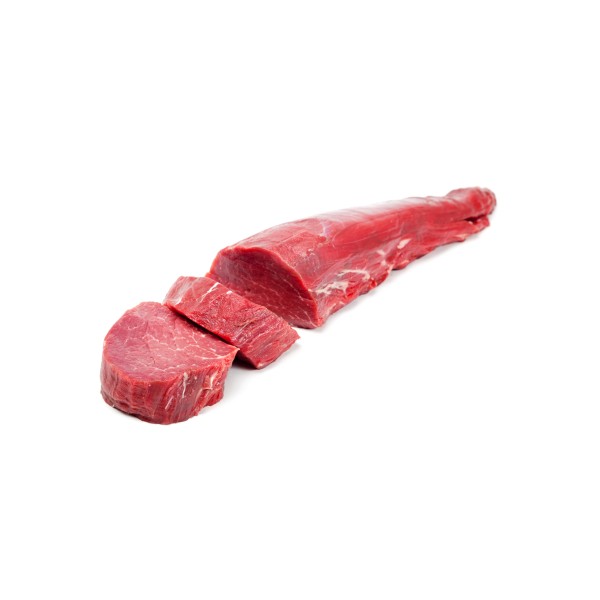
Tenderloin (Filet)
Weight: 2.2 to 2.6 kgs/piece, untrimmed.
The tenderloin is an oblong shape spanning two primal cuts: the short loin and the sirloin. The three main “cuts” of the tenderloin are the butt, the center-cut, and the tail. USDA Prime Tenderloin is superior consistent quality beef with its signature fine marbling which is paramount to its juiciness, tenderness and flavor. Roast whole.
Ribeye (Entrecôte) 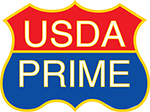
Weight: About 3 kgs
The rib eye or ribeye is a beef steak from the rib section, also known as “Entrecôte”. The rib section of beef spans from ribs six through twelve. Ribeye steaks are mostly composed of the longissimus dorsi muscle but also contain the complexus and spinalis muscles.
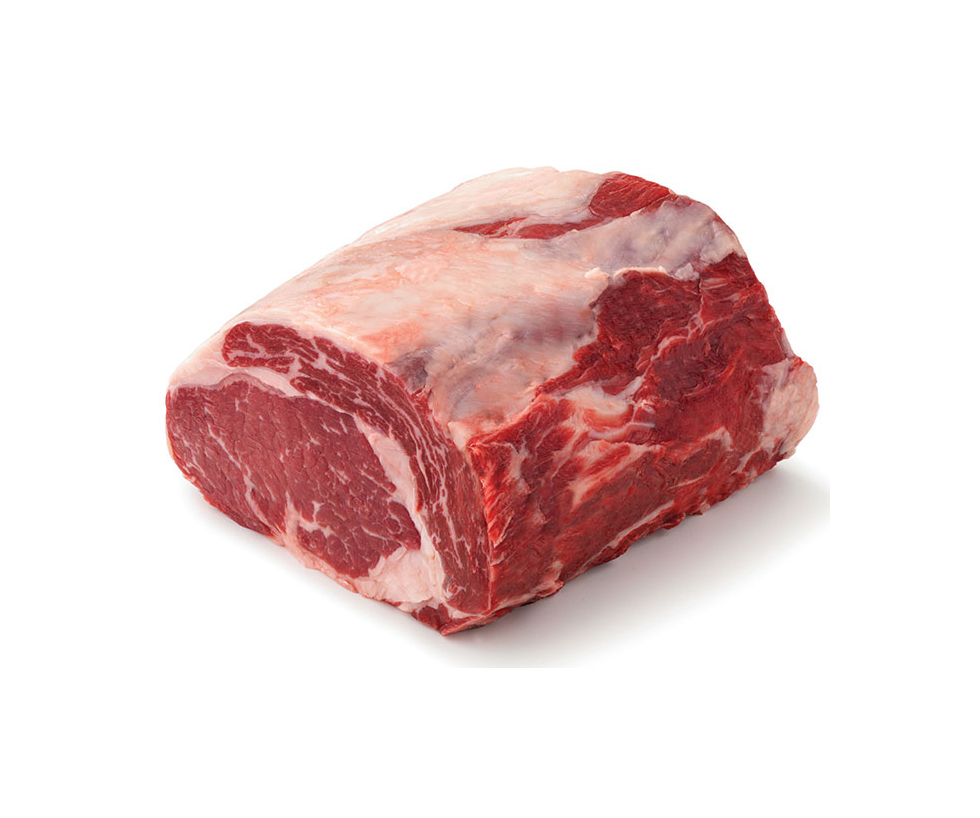

Tenderloin (Filet) 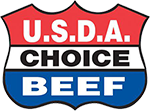
Weight: 2.2 to 2.6 kgs/piece, untrimmed.
The tenderloin is the most tender of beef cuts. It also has little fat marbling which makes it a favorite of those that love steak but yet watch their consumption of fat. USDA Choice Tenderloin is high quality beef with its signature fine to medium marbling which is paramount to its juiciness, tenderness and flavor. Roast whole.
Ribeye (Entrecôte) 
Weight: About 3 kgs
The rib eye or ribeye is a beef steak from the rib section, also known as “Entrecôte”. The rib section of beef spans from ribs six through twelve. Ribeye steaks are mostly composed of the longissimus dorsi muscle but also contain the complexus and spinalis muscles.

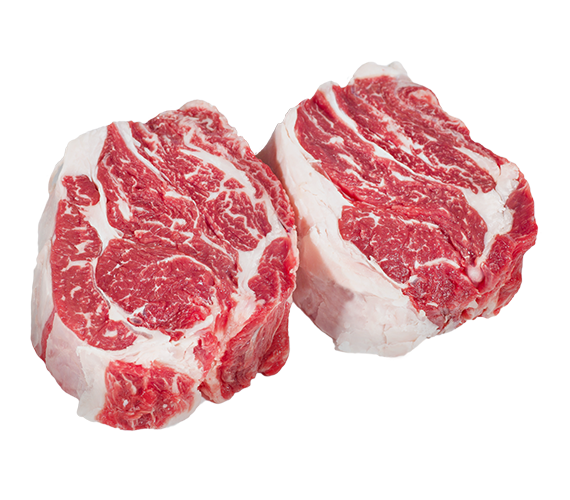
Chuck Eye-Roll 
Chuck steak is a cut of beef and is part of the sub primal cut known as the chuck. The typical chuck steak is a rectangular cut, about 1″ thick and containing parts of the shoulder bones, and is often known as a “7-bone steak,” as the shape of the shoulder bone in cross section resembles the numeral ‘7’. This cut is usually grilled or broiled; a thicker version is sold as a “7-bone roast” or “chuck roast” and is usually cooked with liquid as a pot roast.
Brisket 
Brisket is a cut of meat from the breast or lower chest of beef or veal. The beef brisket is one of the nine beef primal cuts, though the precise definition of the cut differs internationally. The brisket muscles include the superficial and deep pectorals. As cattle do not have collar bones, these muscles support about 60% of the body weight of standing/moving cattle.


